If you are new to the NHL franchise or just want to take your play to the next level, you might want to look deep into your team’s individual strategies. There are a bunch of options you can choose from, from individual line options to forechecking strategies to power play and penalty kill settings. The settings options have all relatively remained the same over the last few years but they are definitely worth paying attention to. Furthermore, changing strategies to best suit your team or how you as an individual want to play is a great way to maximize your team’s success. Below I will breakdown the different options at your disposal.
Offensive Pressure
These options will have an impact on all five players (forwards and defensemen) on the ice and will determine how aggressive or passive you want your players to be while in the offensive zone. You will be able to choose from five different options.
- Aggressive – This option is the second highest aggressive setting you can choose from. Your defensemen will look to jump into the offense more frequently but will still keep their defensive duties in mind.
I find myself playing mostly on this setting. It feels like this setting allows for a normal NHL-style forecheck and the most realistic gameplay possible.
- Conservative – This option is the second-most passive setting you can choose from. Your defensemen will sit back just in case the opposition retrieves the puck and starts an attack, but they will still occasionally jump into the play to generate offense.
- Defend Lead – This option is the most passive setting you can choose from. Your defensemen will sit back, often on or just behind the offensive blue line, to make sure the opposition doesn’t get a breakaway and or have a clear shot on your goal.
I particularly like this setting when the third period rolls around and you’re protecting a lead.
- Full Attack – This option is the most aggressive setting you can select. Your defensemen will focus on generating offensive opportunities and making plays with the sole focus of getting your team on the score sheet.
Full attack is best for when your team is trailing and you need to get some offense going, particularly late in the third period.
- Standard – This option I think is the most common setting. Your team will have a balance between aggressive and conservative offensive pressure.
Forecheck
These settings below apply when your opponent possesses the puck in their defensive zone or in the neutral zone. The purpose of “forechecking” is to put pressure on the puck carrier, close down passing lanes and force the opposition to make a turnover you can capitalize on.
- 1-2-2 Aggressive – The first forward will go deep into the zone to pressure the puck carrier. The other two forwards will support but stay higher up cutting off the ability to head man the puck, while the two defensemen will hold the blue line. The best way to beat this strategy is to skate into pressure then dish the puck to a teammate.
- 1-2-2 Passive – This is similar to the aggressive option, but here all players set up higher starting at the circles in the offensive zone. The best way to beat this strategy is also by skating into traffic then dishing the puck to a teammate, but this forecheck also allows for shorter passing as well. The passive 1-2-2 is ideal for defending leads.
- 2-3 – Defensemen line up on the halfway line while two forwards aggressively pursue the puck carrier and attempt to cut off passes. The third forward — or high guy — sits higher up closer to the blue line to help prevent transitions or breakouts by the opposition.
I play mostly on this setting. The 2-3 forecheck feels like this setting allows for a normal NHL-style forecheck and the most realistic gameplay possible.
- Weak Side Lock – Forwards will sit quite deep in the offensive zone. The defensemen will hold the blue line, while one forward will apply pressure to the puck carrier and the other forwards will sit higher up preventing transitions and breakout passes.
Neutral Zone
Neutral zone strategies will determine how your team sets up when your opponent pushes towards and through the middle of the ice while in possession.
- 1-2-2 Blue – One forward pressures the puck carrier while the other two forwards set up just inside the offensive blue line. The two defensemen set up on the red line.
- 1-2-2 Red – One forward pressures the puck, two forwards sit on the red line, and the two defensemen sit on your blue line.
- 1-3-1 – One forward pressures the puck carrier while three skaters set up in a horizontal line across the neutral zone to close off all three lanes. The fifth skater/last defenseman sits behind the line of three to defend the net when a skater breaks through or to retrieve the puck in a dump and chase scenario.
- 1-4 – One forward pressures the puck carrier while the other four set up in a horizontal blockade — i.e. picket fence — shutting off even more of the lanes to their defensive zone or to retrieve the puck in a dump and chase.
Defensive Pressure
Defensive strategies will determine how your players set up when without the puck in the defensive zone. Defensive strategies are crucial to team success, allowing players to be positioned where you want them to best limit scoring chances.
- Contain Puck – Your players set up in the front of the net but are active closing down on the puck while looking to block shots.
- Normal – Players will move towards the opposition players they are covering while others will stay close to the net to block shots.
I prefer to play on this setting, resulting in a good mix of man to man and zone coverage.
- High Pressure – Your players will chase down the player in possession of the puck, trying aggressively to win control of the puck.
- Protect Net – Almost all of your players set up in front of your goaltender to block incoming shots and clear away rebounds.
- Puck Side Attack – Players who are on the same side as the puck will put pressure on the puck carrier, while others will wait for the puck to move closer to their position and will then put pressure on the puck carrier.
Defensive Coverage
- Collapsing – Four players will hover around your goaltender to stop passes from going across the front of the net, block shots and to clear away rebounds. The other skater will pressure the puck carrier.
- Staggered – Players maintain both high and low coverage with the strong side pursuing the puck and the weak side collapsing closer to the net.
I prefer this setting. Staggered coverage also pairs well with normal pressure
- Tight Point – Players will stay tight to a designated player almost like a man on man. This strategy limits passing options but can leave you vulnerable to your individual player getting skated by with little support behind him.
Penalty Kill
While already being down a man, you’ll want to make sure your setup is most effective against the power play setup you are going up against.
- Diamond – Just as the name says, players will set up in a diamond position or a 1-2-1 in the defensive zone. The diamond penalty kill is good at limiting Ovechkin-like one timers from the wings, but is vulnerable to moving out bodies in front of your net and preventing cross-crease passes as just one defenseman is back there.
Diamond setup is most effective guarding against an umbrella power play.
- Large Box – The goal of the large box setup is to stop passes across the blue line while also having two defensemen in front of the net. However, the large box is vulnerable to leaving the slot open.
- Passive Box – The goal of a passive box is the opposite of the large box. In the passive setup, the goal is to limit action in front of the net and slot but it does leave the blue line open.
Power Play
While on the power play, you will want to take advantage of the open ice by moving the puck quickly to open scoring lanes.
- Overload – This strategy allows elite skilled players extra room on the ice. One forward will set up on the half wall, one in front of the net and one below the goal line, with the two defensemen sitting along the blue line. In my opinion, the least effective setup while on the power play.
- Shooting – This strategy is all about moving the puck quickly and firing shots on net. Two forward set up right in front of the crease while the third is higher up in the zone. The two defensemen sit along the blue line and generate the majority of the offense.
- Umbrella – Players will set up on either side of the net, at the top of each faceoff circle and another at the point. This strategy allows you the ability to move the puck on the outside, setting up the one timer while also looking for openings in the slot.
This is the most commonly used setup in the NHL and the setup I believe is most effective.
Power Play Breakout
- Carry Option – When you skate back to get the puck in your defensive zone, you will pick up the puck and carry it into the offensive zone. The other players will spread out giving you passing options if you need them.
- Five Back – All five skaters will skate back into the defensive zone before moving into the attacking zone together, again giving plenty of passing options.
- Single Swing – When you pick up the puck behind your own net, a defenseman and center will swing around on opposite sides while you carry the puck out from behind the net, with the other two forwards in the neutral zone stretching out the defense.
Quick Breakout
These strategies determine how your players will react when you gain possession of the puck in your defensive end.
- Close Support – The weak-side winger will move towards the puck to offer a short, quick passing option.
- Leave Zone Early – The winger furthest away from the puck will immediately skate into the neutral zone to become a long pass option.
- Stay Wide – Opposite of close support, the weak-side winger will stay wide and remain in his lane.
Line Strategies
- Behind The Net – Players will set up behind the net to try and establish a cycle and exploit the goalie’s blind spots. The defensemen will also look to sneak into the play to receive a quick pass from behind the net.
- Crash The Net – Two players converge onto the net to try and gain positioning to create a screen, deflect shots or knock in rebounds.
- Overload – Best suited for skilled players, skaters look to take advantage of open space and create a cycle with most plays starting low and ending up high with shots from the defensemen.
So, what strategies is everyone playing on? What strategies should be added or tweaked in the franchise?


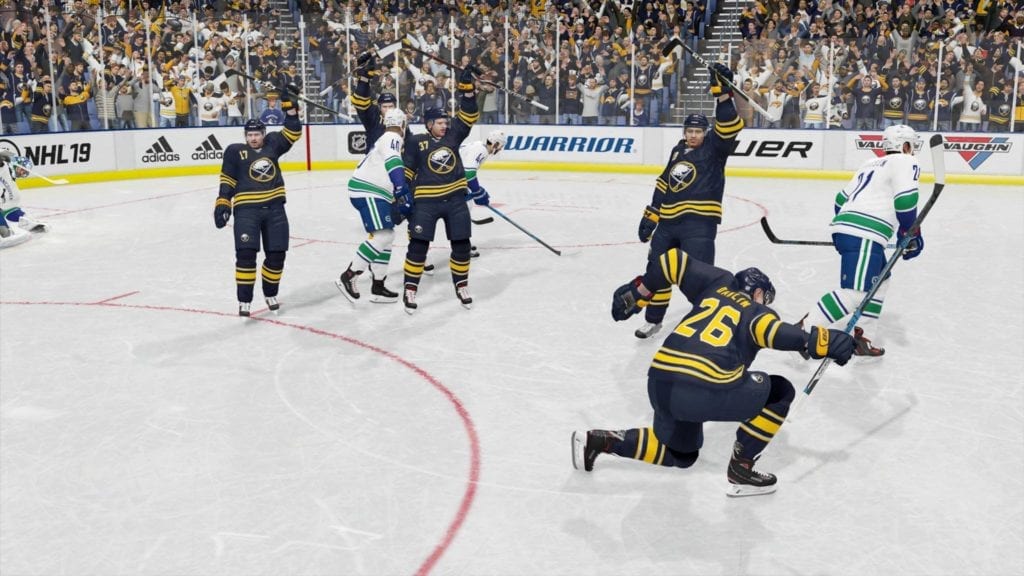
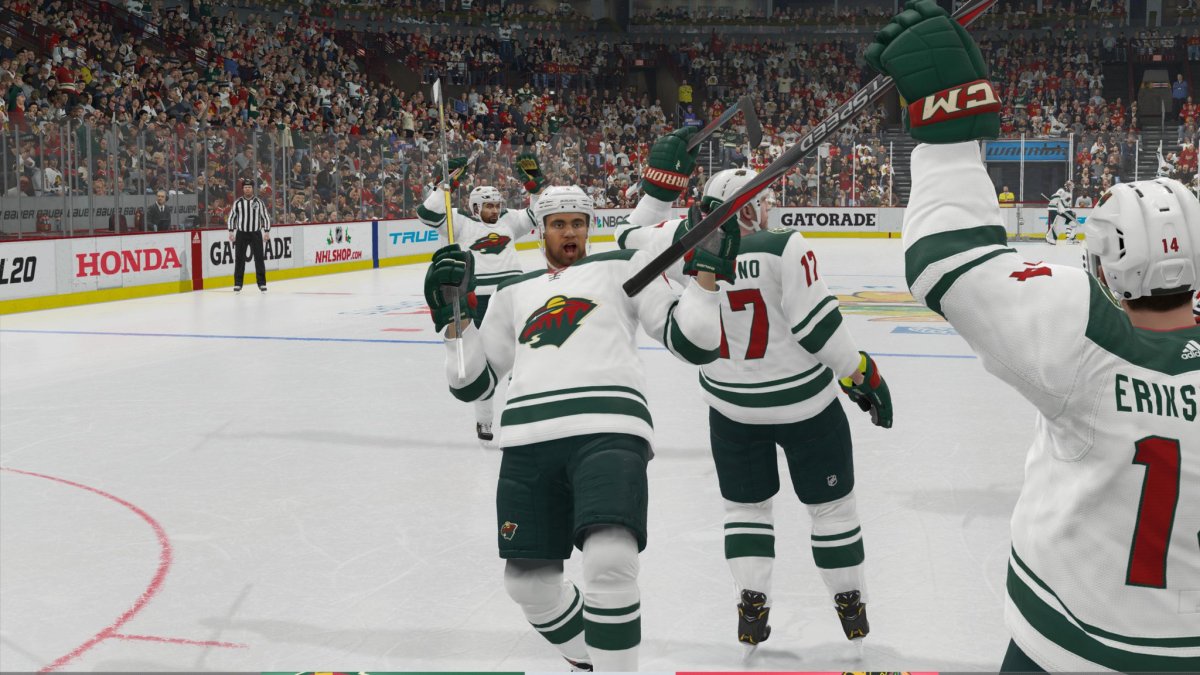
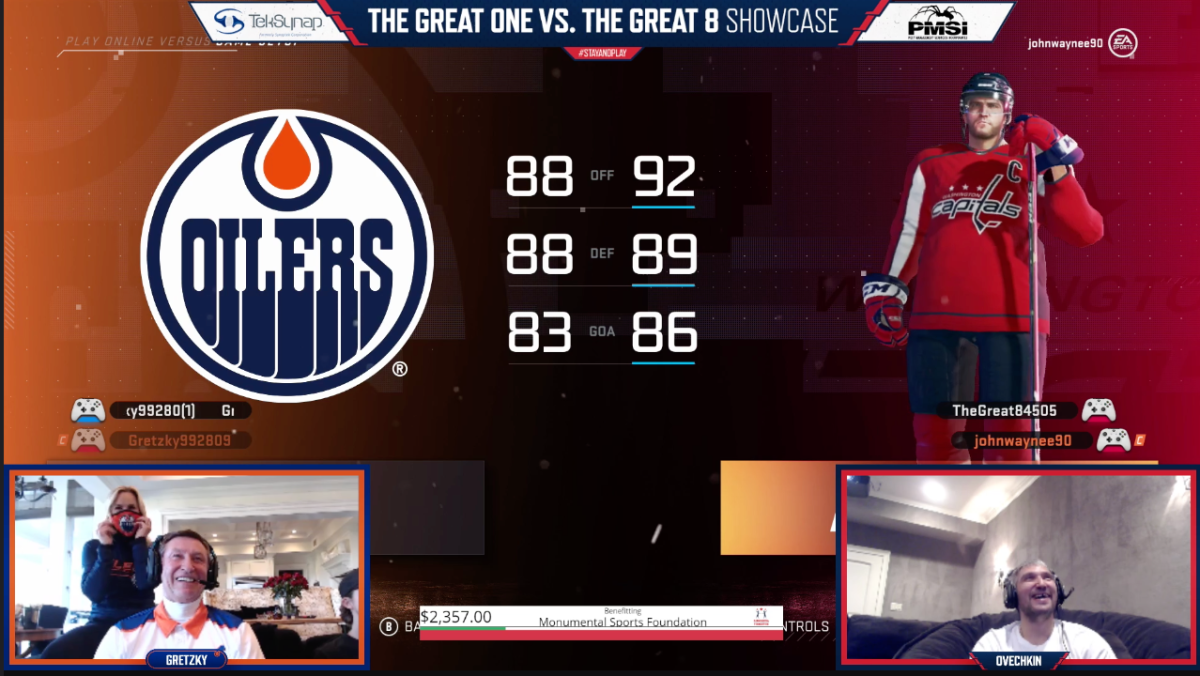
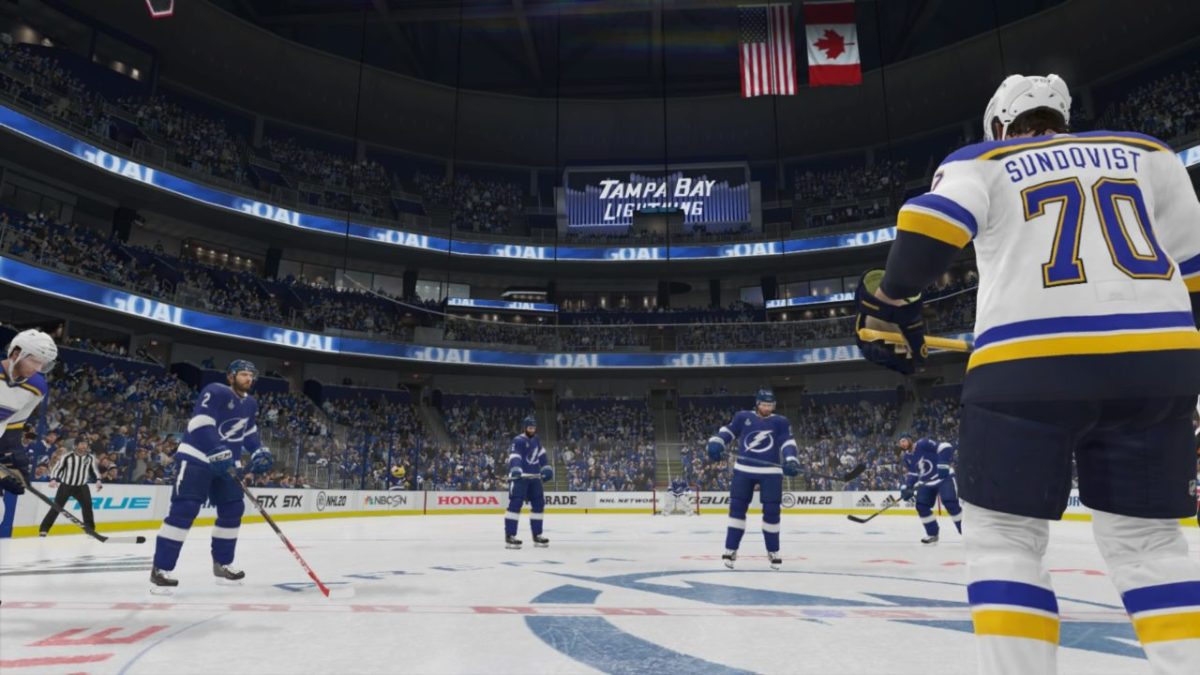
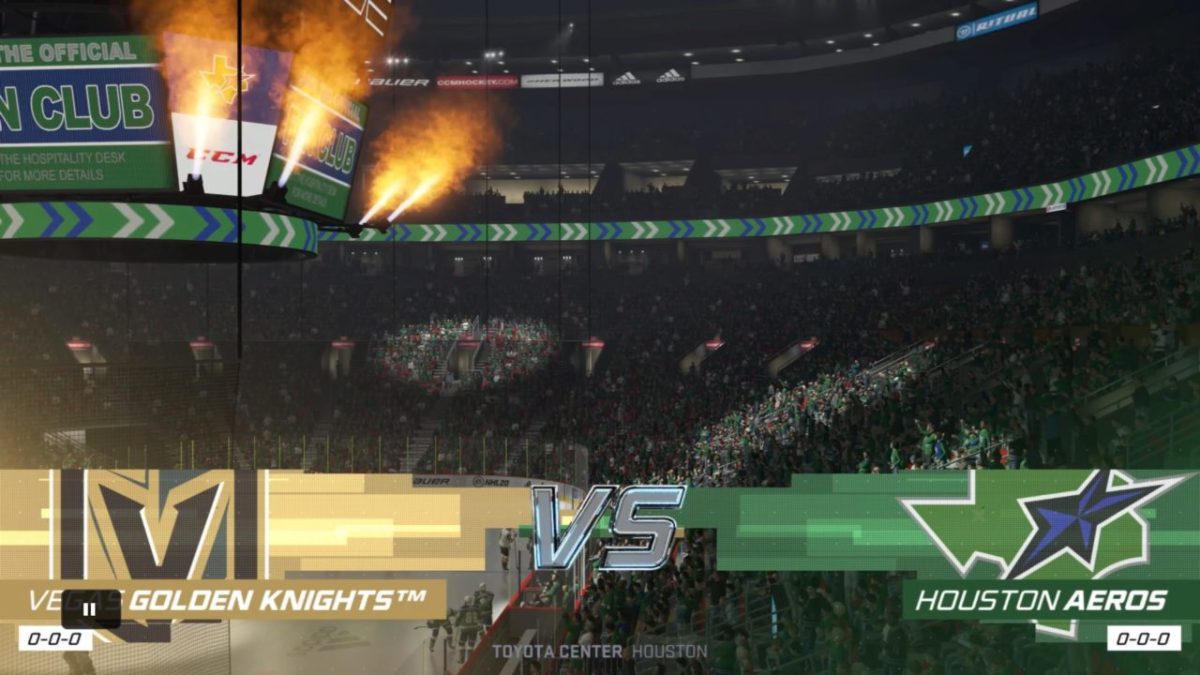
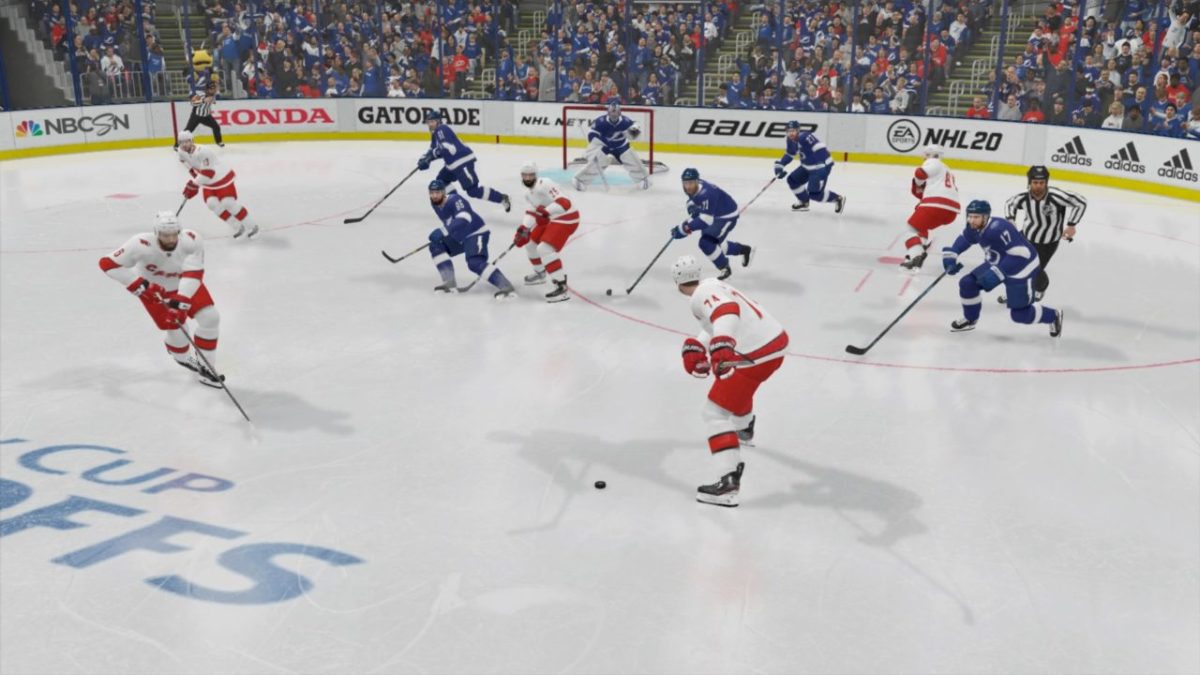
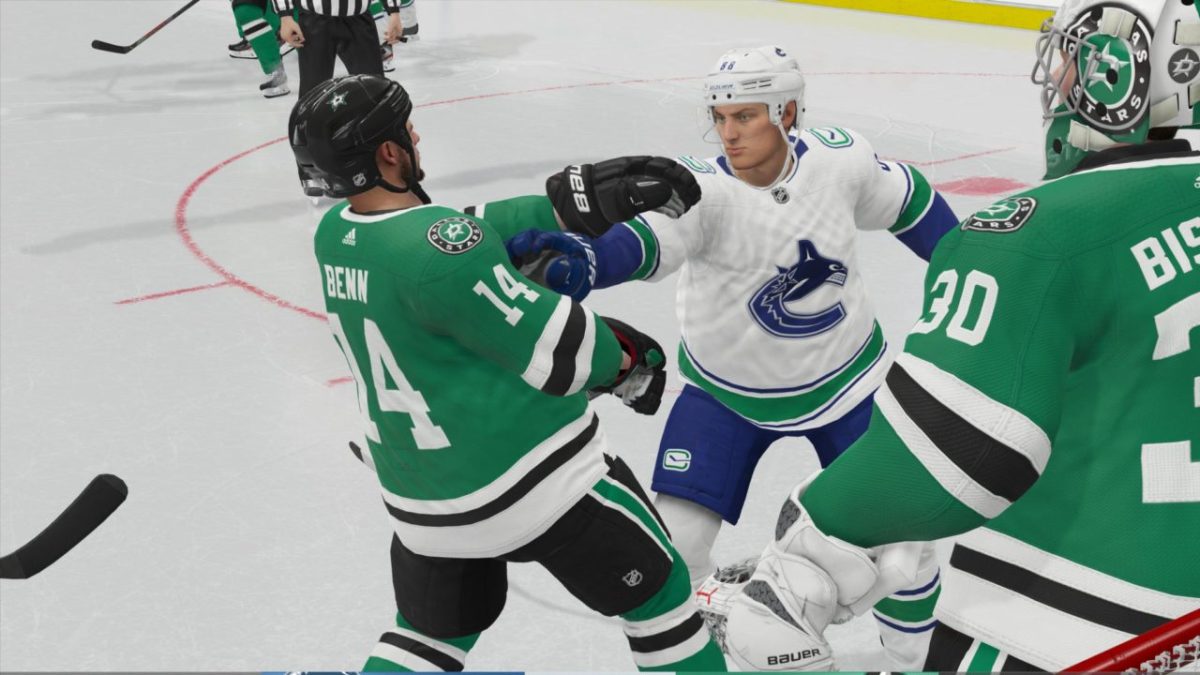
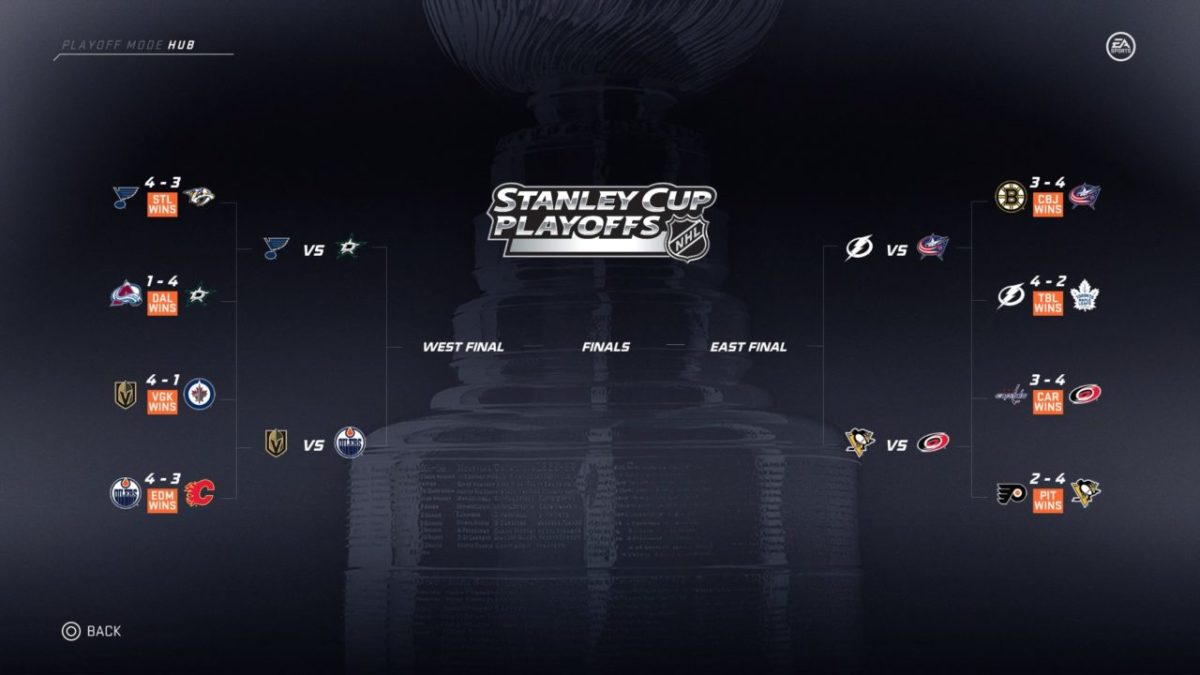
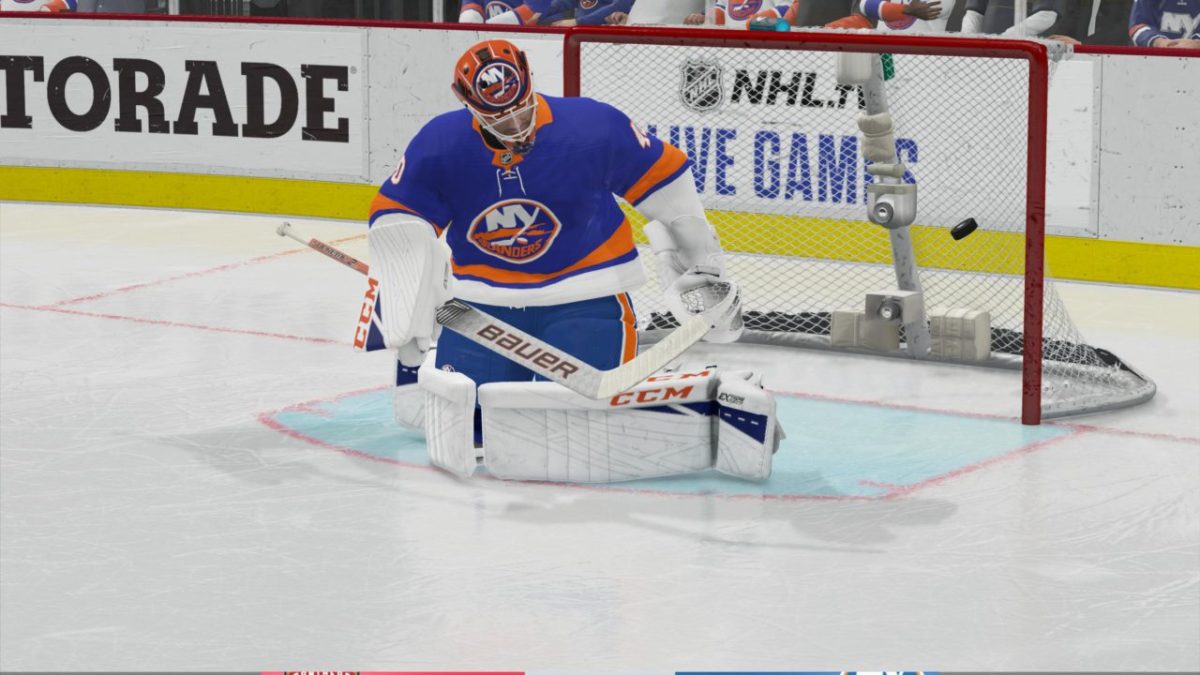
Published: Oct 9, 2019 10:00 PM UTC